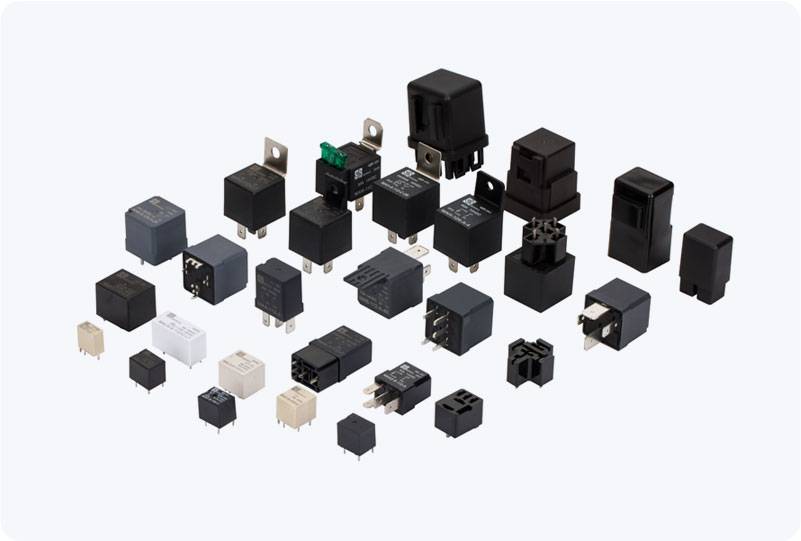Power relays are essential components in modern electrical systems, serving as crucial links in the control and automation of high-power devices. These electromechanical devices function by using an electromagnetic coil to open or close contacts within the relay, thus enabling the control of larger electrical currents or voltages with a smaller control signal. In this article, we will explore the fundamentals of power relays, their applications, and why they are so vital to the operation of many electrical systems.

What is a Power Relay? At its core, a power relay is an electrically operated switch that controls the flow of electricity within a circuit. It consists of a coil, contacts, and a magnetic armature. When current flows through the coil, it creates a magnetic field that attracts the armature. This movement causes the contacts to either open or close, depending on the relay’s design. The ability to control larger electrical loads with a smaller input current is one of the defining features of power relays. Power relays can be divided into several types, including single-pole relays (SPST), double-pole relays (DPST), and double-throw relays (SPDT or DPDT). These relays vary in the number of contacts they control, which allows for a broad range of applications depending on the requirements of the electrical system.